Chosochaekbang Deosup del Monte Inwangsan (인왕산 더숲 초소책방)
10.4Km 2025-04-18
Inwangsan-ro 172, Jongno-gu, Seúl
Palgakdo (Sucursal Principal) (팔각도 본점)
10.4Km 2025-01-22
Gyeongin-ro 643, Guro-gu, Seúl
Parque Waryong (와룡공원)
10.4Km 2022-05-02
Waryonggongwon-gil 192, Jongno-gu, Seúl.
Es un parque inaugurado en el año 1984, que se encuentra ubicado en el barrio de Myeongnyung-dong, distrito de Jongno-gu, Seúl. Lo encontrará bajando desde la roca Malbawi, por el camino de la Muralla de Seúl. En sus cercanías están ubicados los parques: Samcheong, Changgyeong, y el Parque Natural del Monte Bugaksan. Presenta la forma de un dragón acostado, que es de donde proviene el nombre “Waryong” (significa dragón acostado según los caracteres chinos).
La poca profundidad de tierra que tenía el parque dificultaba la forestación, por lo que solo disponía de algunas acacias. Pero mediante la participación de los ciudadanos en una campaña de plantar mil árboles, se ha logrado convertirlo en un parque verde y abundante.
En particular, en la época primaveral se cubre de flores de todo tipo: de la colza, del albaricoque, de la azalea, de la forsitia, etc., y consta de instalaciones deportivas como campo de bádminton, centro de aeróbics y gimnasio, entre otros.
Yutaro - Garak Branch (유타로 가락)
10.5Km 2021-03-29
24, Songpa-daero 28-gil, Songpa-gu, Seoul
+82-507-1410-4351
It is a traditional Japanese ramen restaurant frequented by many gourmets. This restaurant's signature menu is instant noodles. This Japanese (cuisine) restaurant is located in Songpa-gu, Seoul.
Museo de Historia Natural de Seodaemun (서대문자연사박물관)
10.5Km 2025-05-21
Yeonhui-ro 32-gil 51, Seodaemun-gu, Seúl.
Es el primer Museo de Historia Natural construido por el gobierno coreano. Es educativo y enseña cómo convivir armoniosamente con la naturaleza. Todo el año organiza programas para niños y jóvenes sobre el tema de la naturaleza, siendo también un lugar de descanso para todos los ciudadanos. Muchas entidades gubernamentales de Asia visitan este lugar para hacer benchmarking. La sala 1 abarca el tema de "La naturaleza y el hombre"; la sala 2, "La evolución de la naturaleza"; y la sala 3 trata sobre la Tierra y el medio ambiente.
Seoul Olympic Parktel (서울올림픽파크텔)
10.5Km 2024-03-08
Olympic-ro 448, Songpa-gu, Seúl
Festival del Amanecer en el Monte Achasan (아차산 해맞이 축제)
10.5Km 2024-12-31
Gwangjang-dong 370-3, Gwangjin-gu, Seúl.
02-450-7596
** El festival ha sido cancelado. **
Pista de Patinaje sobre Hielo de la Universidad de Corea (고려대학교 아이스링크)
10.5Km 2021-07-16
Anam-ro 145, Seongbuk-gu, Seúl
+82-2-3290-4243
La pista cubierta de patinaje sobre hielo está situada en el primer piso subterráneo de la Universidad de Corea en Anam-dong, en el distrito de Seongbuk-gu de Seúl. Esta pista, de tamaño olímpico, acoge a clientes durante todo el año. Para llegar, tome la línea 6 del metro hasta la Estación de la Universidad de Corea, salida 3, luego tome el autobús 20 y baje en la parada de autobuses de la Universidad de Corea.
Hamgyeongdo Chapssal Sundae (함경도찹쌀순대)
10.5Km 2021-03-30
32, Songpa-daero 28-gil, Songpa-gu, Seoul
+82-2-403-8822
This is a Sundae-soup restaurant that serves sundae with Hamgyeongdo-style glutinous rice. This restaurant's signature menu is blood sausage. This Korean dishes restaurant is located in Songpa-gu, Seoul.
Monte Achasan (아차산)
10.6Km 2020-11-17
Yeonghwasa-ro 135, Gwangjin-gu, Seúl
+82-2-450-1655
Situado en el extremo este de Seúl, el monte Achasan ofrece la primera vista de la salida del sol en Seúl. No solo los espectadores podrán recibir un bello amanecer sino contemplarlo con la vista de toda la ciudad. Para llegar a la Plaza Haemaji, tendrá que caminar cuesta arriba durante unos 30 minutos desde el sendero situado al lado del Parque Ecológico del Monte Achasan. La caminata no requiere mucho esfuerzo ya que los senderos tienen buena infraestructura y la pendiente es muy leve. Solo tiene que seguir las señales que llevan a la Plaza Haemaji o a Goryeojeong, ya que los dos puntos están a solo 200 metros uno del otro.
Déjese envolver por el aroma del bosque y la naturaleza circundante mientras camina, y de un momento al otro se encontrará ya en la Plaza Haemaji. El Festival del Amanecer en el Monte Achasan, celebrado cada año el 1° de enero, es una espléndida fuente de diversión.

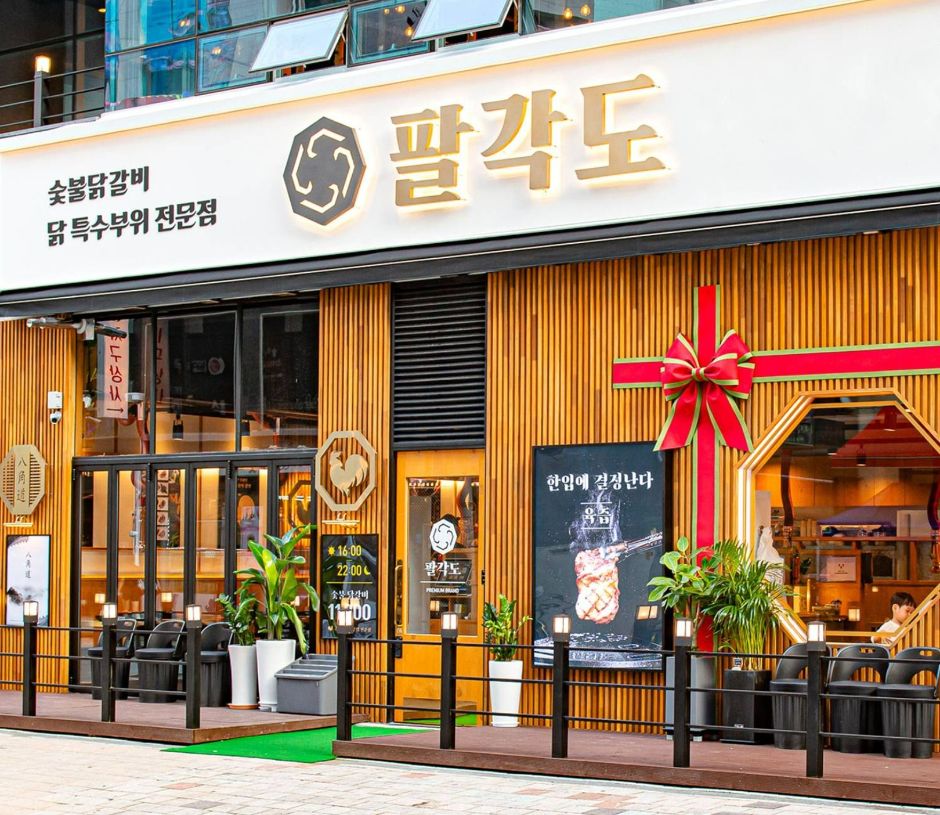
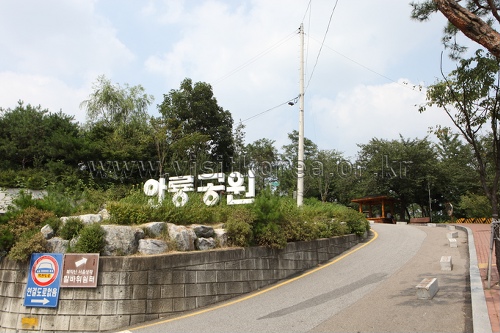
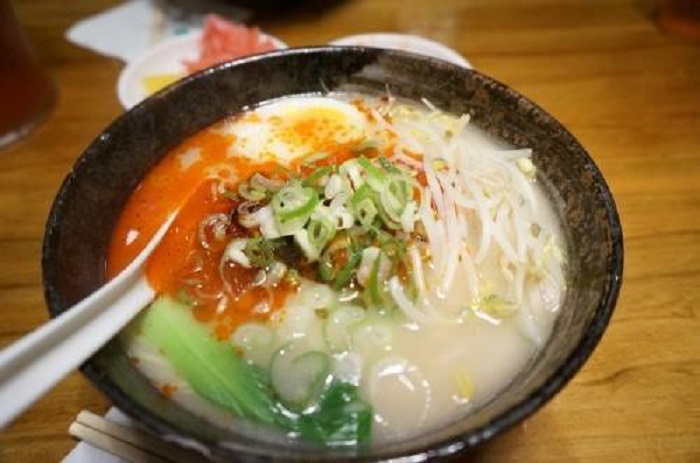

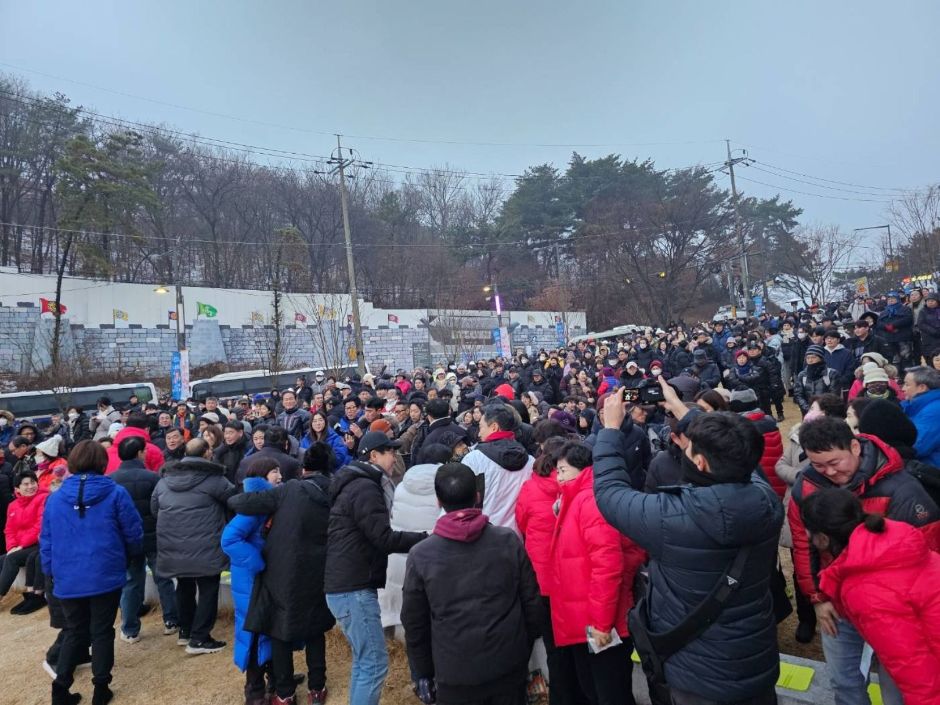
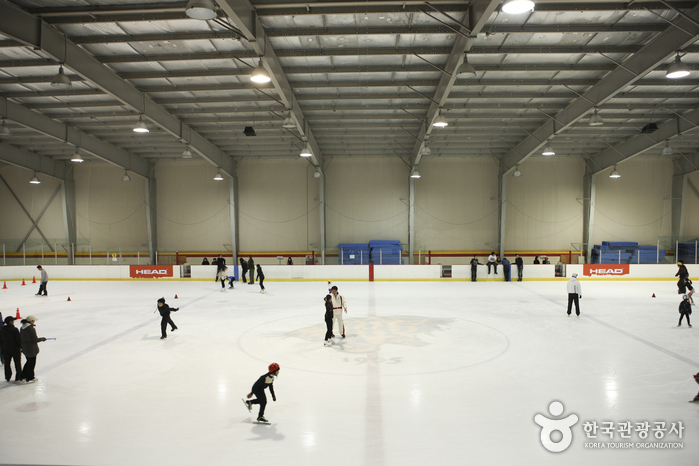
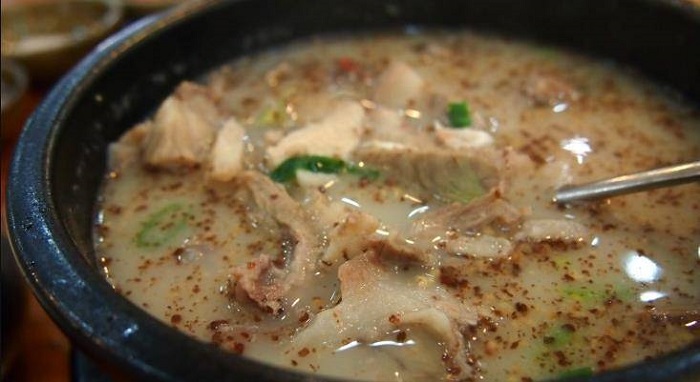
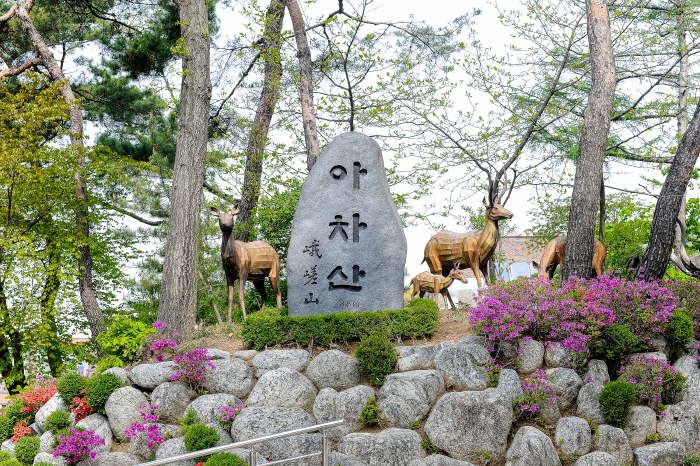
 Español
Español
 한국어
한국어 English
English 日本語
日本語 中文(简体)
中文(简体) Deutsch
Deutsch Français
Français Русский
Русский